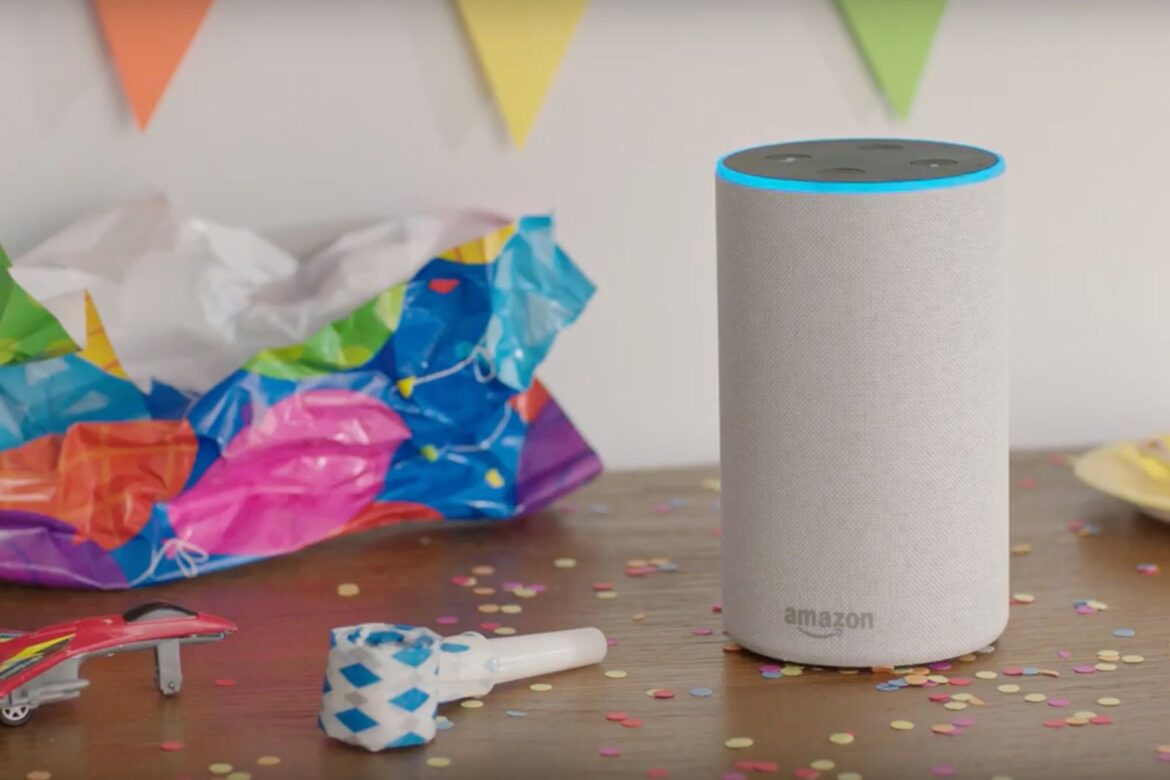243
By creating skills, you can add many more functions to Alexa. Our instructions show you how to program a skill yourself.
Creating Alexa skills: What types of skills are there?
“Alexa” is the name of Amazon’s digital voice assistant. Companies and individuals can integrate it into certain hardware via the Alexa Voice Service (AVS).
- Without extensions, you can use Alexa to answer some knowledge questions, control smart home devices, or buy products on Amazon.
- To teach Alexa additional skills, developers can use the Alexa Skills Kit (ASK) to create their own apps for Alexa.
- These include smart home skills for controlling networked devices, flash briefing skills as an additional news source for daily summaries (“flash brief”), and custom interaction model skills for all other interactions with Alexa.
- To create a skill, you need an Amazon developer account. You can create and configure new skills in the developer portal.
- The actual logic of skills can be integrated as a web service via HTTPS. Amazon refers to these web services as SkillServices. Amazon recommends its own service, “AWS Lambda,” as the backend for this.
Amazon Echo: What do you need to consider when programming skills?
You can easily create a skill using the Alexa Skills Kit, which you can find in the Developer Console. Before you start programming a skill, you should first ask yourself a few questions:
- First of all, you need to consider how users will call up the skill and how they can activate individual functions. You should therefore start by defining key terms.
- It is also important to know how the sentence structure should be and whether there are any regional differences.
- The more flexible the request can be made, the better the user experience. For example, a skill should always respond to the word “help” and explain to the user how to interact with it.
Programming skills for Alexa
First, you need to create an account for the Developer Console and for AWS.
- First, click on the “Alexa” tab in the Developer Console and then click on “Get Started” under “Alexa Skills Kit.”
- Next, click on “Add a New Skill.”
- Now you can start configuring and setting up your skill. You can use AWS so that you don’t have to set up an HTTPS server.
- You program the actual skill in Interaction Mode. You program in JavaScript. Help is available on the Amazon homepage.
Current skill types and their uses
The different types of Alexa skills and their possible applications, taking into account the latest developments, can be clearly presented as follows:
- Custom skills: Enable individual language experiences with a custom language model (Voice Interaction Model). Develop your own intents and sample utterances for specific applications such as games, education, health, etc. Ideal for interactive, dialogue-oriented applications that are not directly connected to physical devices.
- Newer features such as “Skills Arbitration” allow you to call up a skill without explicitly mentioning its name, which increases user-friendliness. Supports context carryover, enabling follow-up questions and context-related dialogues.
- Smart Home Skills: Specially designed for controlling smart home devices such as lamps, heaters, sockets, etc. Developers are not given the language model themselves; Alexa uses predefined interfaces that are optimized for device control. Ideal for integrating smart hardware because this skill type provides clear interfaces for device communication. Unlike custom skills, smart home skills can only be used for device control.
- Flash briefing capabilities: Service for providing news, headlines, weather, or short information snippets. Uses RSS feeds or other content sources to read out the latest information. Suitable for regular information updates such as news or weather reports.
- Other skill types and variants: Game skills: For interactive, family-friendly games with Alexa. Music & audio skills: For playing music, podcasts, or radio. Food Ordering Skills: Assistance with restaurant or food orders. Video Skills: Selecting and playing videos via Alexa. Connected Vehicle Skills: Control and status queries for cars. Knowledge Skills: For professional or personal knowledge transfer.
- Latest Alexa Skill Developments: Skills Arbitration makes it easier to call up skills without specifying their exact name. Context Carryover allows follow-up questions in the context of a conversation, enabling more fluid dialogues. Functions for personalizing and managing appointments and reminders have been expanded. The goal is greater personalization and context recognition in Alexa Skills by the end of 2025.
- This overview shows the main types of Alexa skills and their respective applications, from device control and interactive dialogues to news feeds and specialized applications. The latest features improve the user experience through more intuitive calls and context-aware dialogues.

